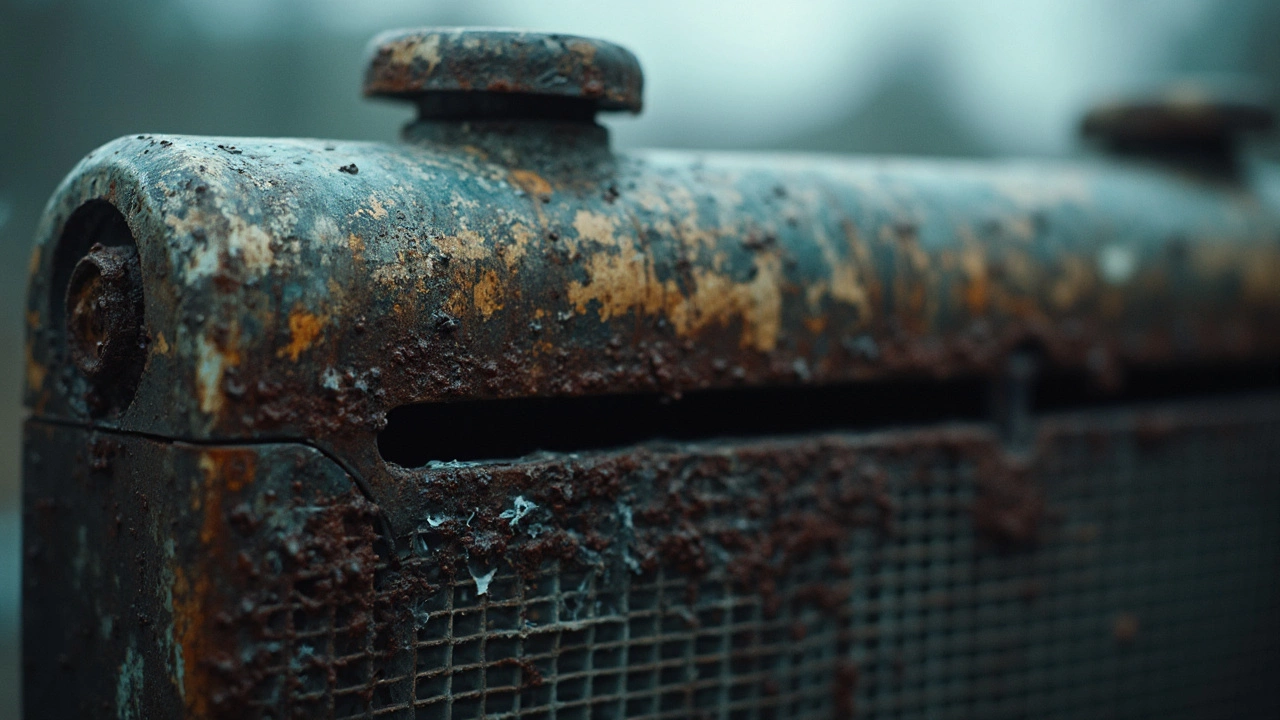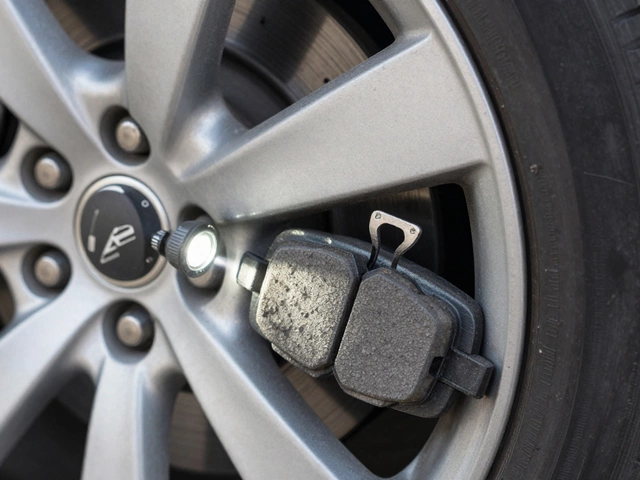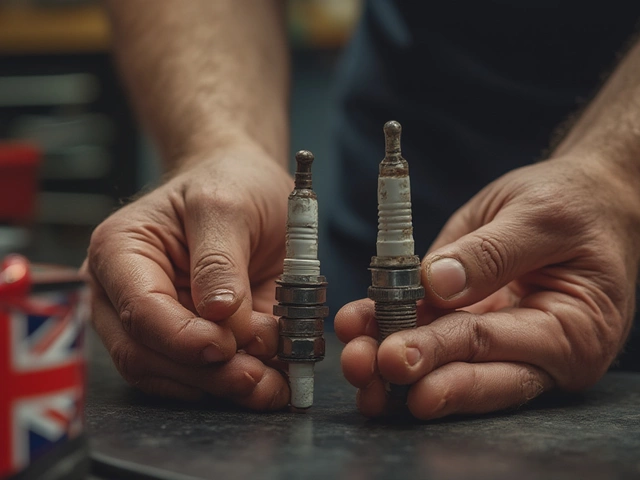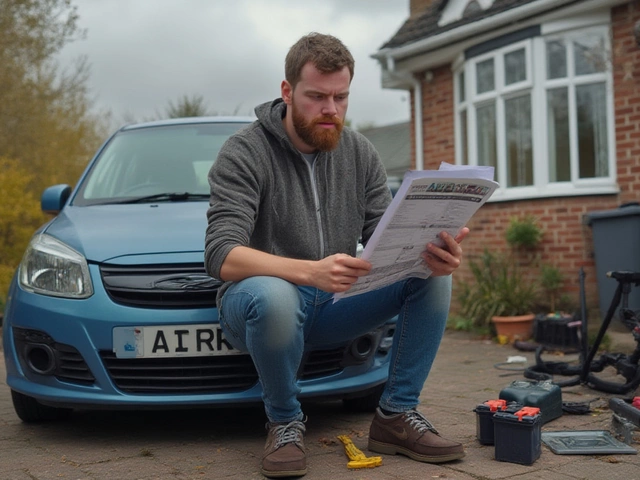Radiator Failure – What Triggers It and How to Deal With It
If your engine starts to run hot, the radiator is probably the culprit. A failing radiator can turn a normal drive into a costly repair, but spotting the problem early makes all the difference. Below we break down the most common reasons radiators give up, the warning signs you should watch for, and quick steps you can take before heading to the garage.
Top Reasons a Radiator Breaks Down
1. Leaking coolant – Small cracks or corroded seams let coolant escape. Over time the loss reduces pressure, so the system can’t move heat away from the engine.
2. Clogged passages – Dirt, rust, and old coolant can block the tiny channels inside the radiator. When flow is restricted, the engine temperature spikes.
3. Broken fan or thermostat – The fan pulls air through the radiator, and the thermostat opens the valve at the right temperature. If either fails, the radiator can’t do its job.
4. Physical damage – Road debris can puncture the radiator core, and a bad suspension can cause the radiator to wobble and crack.
How to Spot Radiator Failure Early
Look for these symptoms while you’re driving:
- Steam or a sweet smell coming from the front of the car.
- Coolant puddles under the vehicle – usually green, orange, or pink.
- The temperature gauge creeping into the red zone.
- Heater stops blowing warm air – the heater uses the same coolant.
- Visible corrosion or rust on the radiator fins.
If you notice any of these, pull over safely, turn off the engine, and let it cool for at least ten minutes before checking the coolant level.
When the engine is cool, open the radiator cap carefully (it’s pressurized). If the coolant is low, top it up with a 50/50 mix of water and antifreeze. Keep an eye on the level for the next few days; a steady drop means there’s a leak that needs fixing.
DIY Checks and Simple Fixes
Before calling a mechanic, try these quick actions:
- Pressure test – Many auto parts stores rent out a pressure tester. It helps locate leaks by pressurizing the system.
- Flush the cooling system – If the coolant looks dirty, a flush can clear blockages. Use a radiator flush product, run the engine, then refill with fresh coolant.
- Replace the thermostat – It’s inexpensive and often the reason for overheating. Swap it out if the engine stays hot even after a flush.
- Inspect the fan – Turn the key to the ‘on’ position (engine off). You should hear the fan spin. If not, the fan motor or relay may need replacement.
These steps can solve minor issues, but a cracked core or severe corrosion requires a new radiator.
When to See a Professional
If you find a big leak, cracked radiator, or the engine still overheats after your DIY attempts, it’s time to visit a garage. A qualified tech will pressure‑test the system, replace the radiator if needed, and bleed the air from the cooling circuit to prevent future hiccups.
Cost‑wise, a radiator replacement at a local shop like Northwich Tyres Centre typically runs between £150‑£300, depending on the make of your car. Adding a flush and new coolant can keep the new unit working smoothly for years.
Regular maintenance is the best guard against radiator failure. Check coolant levels monthly, replace the coolant every two years, and keep the front of the car clean so the fan can pull air efficiently.
By staying alert to the signs and handling simple fixes yourself, you’ll avoid costly breakdowns and keep your engine running cool all year long.
 24 March 2025
24 March 2025
Main Causes of Radiator Failure: What You Need to Know
Radiator failure can leave you stranded at the worst of times if you don't know what to look for. Understanding the common reasons behind radiator failure—such as leaks, clogs, and rust—can help keep your vehicle running smoothly. Regular maintenance and timely repairs can prevent costly damage and extend the life of your car's cooling system. Learn about some practical tips for detecting early signs of trouble, ensuring you're never caught off guard on the road.
Latest Posts
-

How to Tell if Brake Pads Are Worn: 5 Clear Signs You Need New Ones
-

Spark Plug Lifespan: How Long Do Spark Plugs Really Last in Your Car?
-

Bad Strut Sounds: What's That Noise Under Your Car?
-

Can I Replace My Car Battery Myself? Step-by-Step Guide and Tips
-

Spark Plug Life Expectancy: How Long Do They Really Last?

0